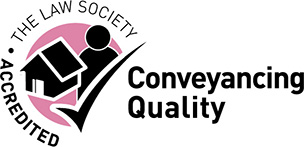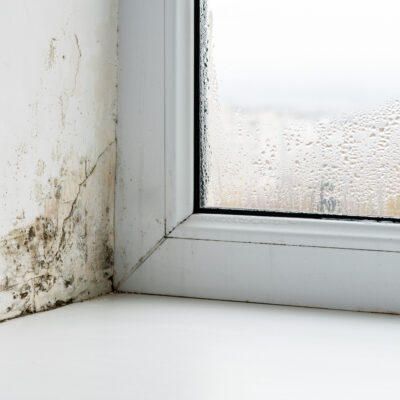Damp in Privately Rented Homes – Tenant rights and Landlord Obligations
Thanks to the UK’s cold and wet climate, damp is a common problem for British households. According to the English Housing Survey, problems with damp were most prevalent in the privately rented sector between 2021 – 2022 at 11% which is much higher than the 2% experienced by owner-occupied dwellings.
Any potential damp problems have been further exacerbated in the 2022 – 2023 winter, due to the high cost of energy and cost of living crisis meaning that many tenants cannot sufficiently and consistently heat their homes. Alternatives to try and save money such as drying clothes on a rack with the windows closed, due to reluctance to use the tumble drier can further contribute to any damp tendencies.
Damp can have many negative health ramifications, including asthma and respiratory problems. It can also result in structural damage if left untreated over time. Therefore it is an important problem to fix, and if you are a landlord who rents out your home, your tenants can get in touch about it.
What are the tell-tale signs of damp?
- Visible Mould and Mildew
- Musty Smell
- Discoloured Patches on walls
- Excessive Condensation on Windows
- Rotting Skirting Boards
- Lifting or Peeling Wallpaper
- Cold Walls
What Causes Damp?
There are different types of damp with varying underlying causes.
Rising damp is common on ground floor properties, and is characterised by a tide line of yellow or brown stain coming up from the base of the wall, and rotting skirting boards.
Penetrating damp results from an external defect letting moisture into the house. This could be from gutters, drains and downpipes that are in bad condition, porous brickwork, or defective seals around windows and doors.
Condensation is the most common type of damp and is generally caused by inadequate heating or lack of ventilation
Is it a legal responsibility for the Landlord to fix damp problems?
There is usually a clause in a tenancy agreement that states the landlord is responsible for keeping the exterior and structure of the house in repair. The landlord is obligated to ensure the home is ‘fit for human habitation’ – and serious problems with damp and mould may cause the property to become unfit.
Ultimately a landlord is responsible if the damp is caused by a repair issue, or it affects the health and safety for the tenants. A landlord may not be responsible for fixing damp if it is deemed an ‘improvement’ instead of a ‘repair’.
What are the tenants’ legal rights when it comes to damp?
When a tenant identifies an issue with damp, they can let their landlord know. First, they might try an informal message, but if this is ignored they might try contacting the landlord with a formal letter outlining the issue and the effects of the damp.
If this is ignored, tenants can get in contact with the local authority, or even take their landlord to court.
If a landlord tries to evict their tenant for asking for repair, this is known as ‘retaliatory eviction’. The Deregulation Act 2015 came in to protect tenants against unfair conviction, by making sure landlords have complied with certain legal responsibilities before serving an eviction notice (a section 21), and cannot serve one in response to reasonable repair requests. Tenants can also challenge section 21 in court.
If you’re a landlord or a tenant looking for more advice on this matter or to learn more about your tenancy contracts, please contact us today to speak to our experienced lawyers.


